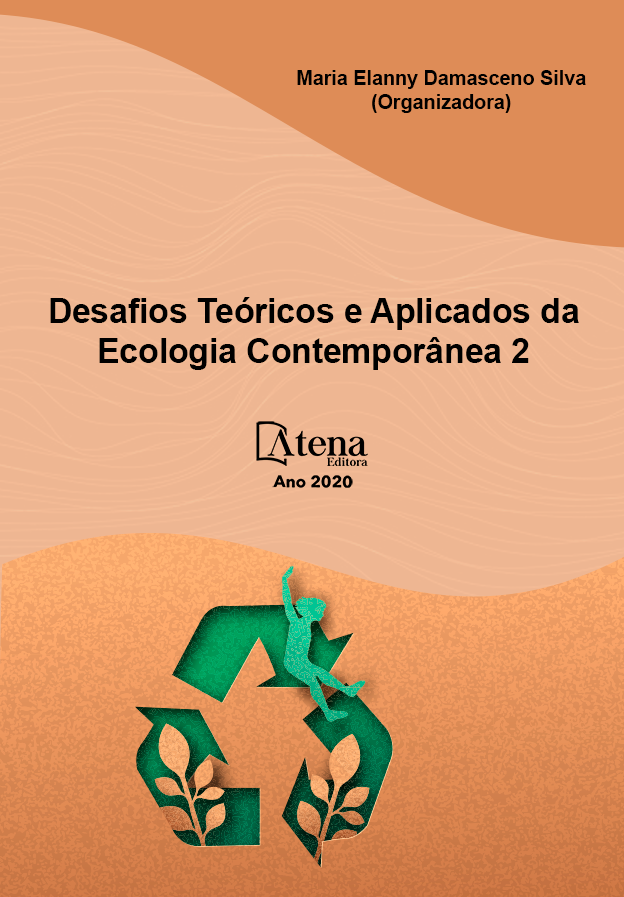
HÁBITO ALIMENTAR E ESTADO ANTIOXIDANTE: DESAFIOS ENFRENTADOS POR TRÊS ESPÉCIES DE MORCEGOS NEOTROPICAIS
Os morcegos representam a ordem mais diversa de hábitos alimentares entre os mamíferos e essa variedade de dieta pode influenciar a capacidade antioxidante de diferentes órgãos. Enquanto a frugivoria fornece a ingestão de antioxidantes naturais, como carotenoides e vitaminas, que suportam a defesa antioxidante não enzimática em vários órgãos, uma refeição de sangue, enfrentada por morcegos hematófagos, é rica em proteínas e ferro, que pode induzir a geração de espécies reativas de oxigênio (EROs). O néctar é outro item alimentar compartilhado por algumas espécies de morcegos neotropicais, excepcionalmente rico em carboidratos, que também representa um potencial para gerar EROs por meio da auto-oxidação da glicose. Objetivou-se investigar diferenças na capacidade antioxidante de órgãos (fígado, músculos, coração e rim) do morcego frugívoro Sturnira lilium (N=8), do morcego vampiro Desmodus rotundus (N=11) e do morcego nectarívoro Anoura caudifer (N=6). A atividade enzimática das enzimas superóxido dismutase (SOD) e da catalase (CAT) foram maiores no fígado do morcego vampiro e nos músculos do morcego que se alimenta de néctar. SOD também foi maior no fígado de morcegos vampiros em comparação com as outras espécies. A atividade da glutationa S-transferase (GST) foi maior no fígado e músculo do morcego nectarívoro e nos rins do vampiro em relação ao frugívoro. O coração e o fígado do morcego vampiro mostrou maior peroxidação lipídica, em relação ao morcego frugívoro. De maneira geral, mesmo enfrentando alto consumo de oxigênio e desafios dietéticos, os morcegos estão fisiologicamente adaptados e possuem mecanismos antioxidantes, que pode ser uma das razões para alta longevidade comparada a mamíferos de mesmo porte. Portanto, nossos resultados demonstram que a capacidade antioxidante de diferentes órgãos difere de acordo com o hábito alimentar da espécie.
HÁBITO ALIMENTAR E ESTADO ANTIOXIDANTE: DESAFIOS ENFRENTADOS POR TRÊS ESPÉCIES DE MORCEGOS NEOTROPICAIS
-
DOI: 10.22533/at.ed.4952013118
-
Palavras-chave: estresse oxidativo, frugívoros, hábito alimentar, hematófagos, nectarívoros
-
Keywords: oxidative stress, frugivorous, eating habits, hematophagous, nectarivorous.
-
Abstract:
Bats represent the most diverse order of eating habits among mammals, and this variety of diets can influence the antioxidant capacity of different organs. While frugivory supplies the intake of natural antioxidants, such as carotenoids and vitamins, which support non-enzymatic antioxidant defense in several organs, a blood meal, faced by vampire bats, is rich in proteins and iron, which can induce the generation of species reactive oxygen (ROS). Nectar is another food item shared by a few Neotropical bat. Exceptionally rich in carbohydrates, it also represents a potential to generate ROS through glucose auto-oxidation. Our aim was to investigate differences in the antioxidant capacity of organs (liver, muscles, heart and kidney) of the fruit-eating bat Sturnira lilium (N = 8), the vampire bat Desmodus rotundus (N = 11) and the nectar-feeding bat Anoura caudifer (N = 6). The enzymatic activity of the superoxide dismutase (SOD) and catalase (CAT) enzymes were higher in the liver of vampire bats and in the muscles of nectar-feeding bats. SOD was also higher in the liver of vampire bats compared to other species. The activity of glutathione S-transferase (GST) was high in the liver and muscle of nectar-feeding bat and in the vampire kidneys in relation to fruit-eating bats. The heart and liver of the vampire bat showed higher lipid peroxidation, compared to the fruit-eating bat. In general, even facing high oxygen consumption and dietary challenges, bats are physiologically adapted and have mechanisms antioxidant, which may be one of the reasons for high longevity compared to mammals of the same size. Therefore, our results demonstrate that the antioxidant capacity of different organs differs according to the species' eating habits.
-
Número de páginas: 18
- Jerusa Maria de Oliveira
- Renata Maria Pereira de Freitas


